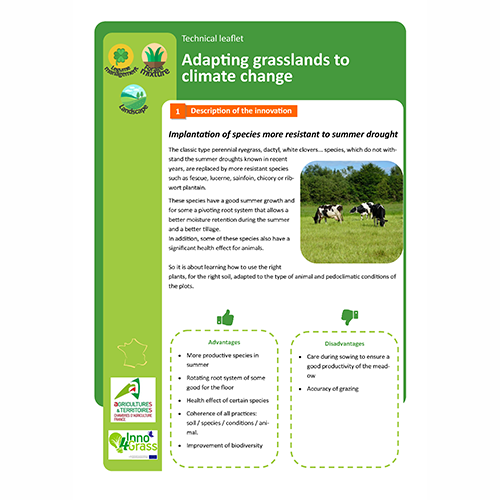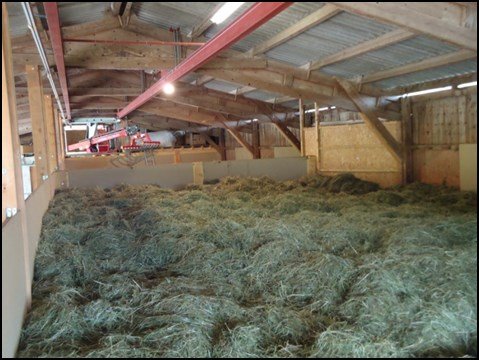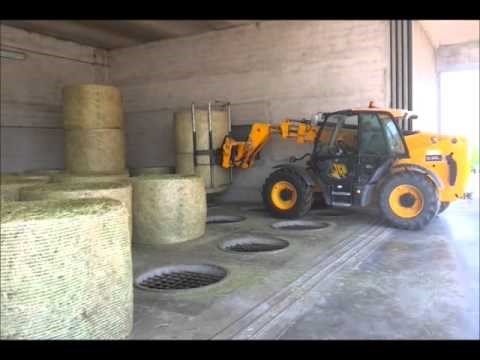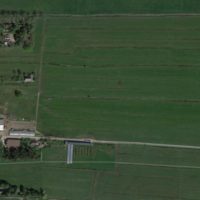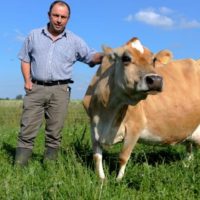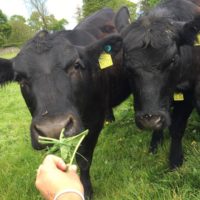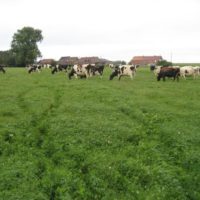Barn drying
Description
Description of the innovation
Sometimes, farmers choose to do without silage to conserve grass. This can be linked to specifications for cheese processing or even the desire to reduce the use of plastics on the farm.
In these cases, it becomes necessary to build drying facilities to harvest grasslands early. These installations consist in ventilating the fodder with heated air to dry it.
Barn drying makes it possible to increase the nutritional value of the fodder harvested thanks to the progress of the harvest dates, the limi-tation of the foliar losses (especially in alfalfa) and a better preservation of the proteins of the grass. Finally, it has the advantage of being less expensive than a dewatering unit and there-fore achievable at the scale of one or more farms.
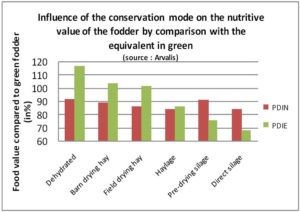
Advantages
- Better forage quality
- Allows a dry harvest over the same periods as silage
- Limit leaf loss for legumes
Disadvantages
- Significant initial investment
- Specific equipment for hay harvesting and recovery
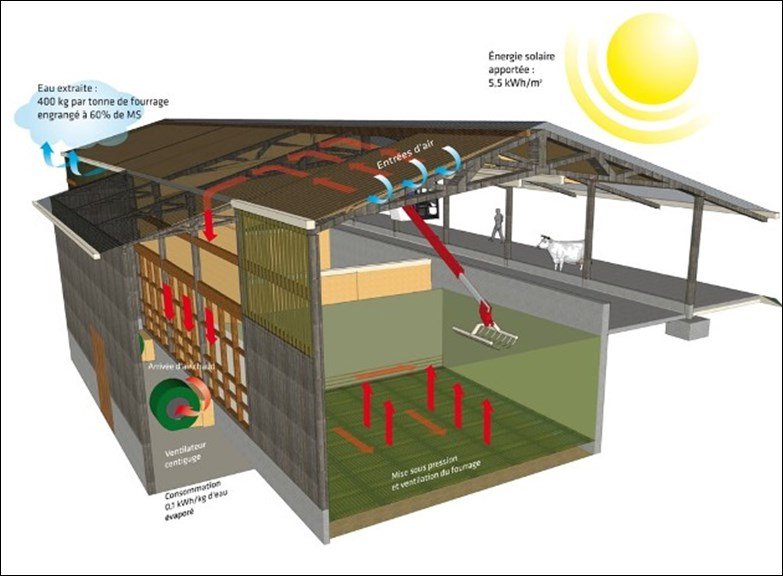
Operation
The cold air is captured outside and enters a double roof. The roof above allows solar energy to pass and the roof below is black to maximize heat generation. The air circulating between the two walls is heated, then it is pressurized and sent under the forage during drying. This system makes it possible to dry in about one day a forage picked up at 60% DM, or after one or two days of drying in the field.
Also exist
- Barn drying with hay ball
- Drying coupled with biogas production unit or other heat sources to heat the air and speed up drying
- Collective drying units
Additional information
| Domains of innovation | forage conservation technique |
|---|---|
| Country | France |
| Product type | Technical leaflet |
| Language | English, French |
